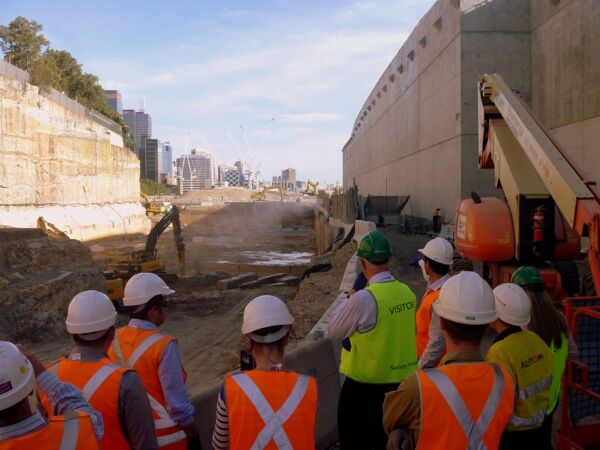
The National Digital Twin for infrastructure – an ecosystem of digital twins connected via securely shared data – represents an exciting future vision for civil engineering, as we strive to better serve the needs of people and businesses.
As set out by the National Infrastructure Commission’s seminal Data for the Public Good report in late 2017, a National Digital Twin could increase infrastructure resilience, reduce disruption and delays, optimise our use of resources and boost quality of life for citizens.
It’s an eye-catching concept, but beneath the glossy surface, there needs to be a realisation that it will require our profession to do some serious hard work to make it a reality.
That hard work will be boring for some and invisible to others, but we really need to get our data into shape to make the National Digital Twin work. We need to continue to shift our professional culture to treat information as an asset, and that means recognising its value and managing it properly through many lifecycles.
What’s a digital twin?
A digital twin is simply a digital representation of a something physical, which unlocks value principally by enabling better decisions about how the physical asset is built, operated, maintained or used.
But a digital twin is more than just a model: it has a two-way connection with its physical twin.
Data flows from the physical twin to the digital, enabling insights to be gained and decisions to be made that create the opportunity for positive interventions back into the physical twin.
Digital twins have been around for years, delivering benefit in many sectors from manufacturing to Formula One, but they’re just starting to make their presence known in the built environment.
What’s special about the National Digital Twin?
The National Digital Twin won’t be a huge singular twin of the entire built environment.
Instead, it will consist of “federations” of digital twins joined together via securely shared data, enabling infrastructure professionals to make better decisions at project, asset, network or system level.
Fundamental to the National Digital Twin concept is the value proposition that better decisions, based on better data, will lead to better outcomes for the public per whole-life pound.
More detailed definitions and a set of values to guide the development of the National Digital Twin can be found in The Gemini Principles, published by the Centre for Digital Built Britain (CDBB) in December 2018.
Read the full blog post here.
Interested in digital imaging for engineering?
Check out our BIM training courses.



